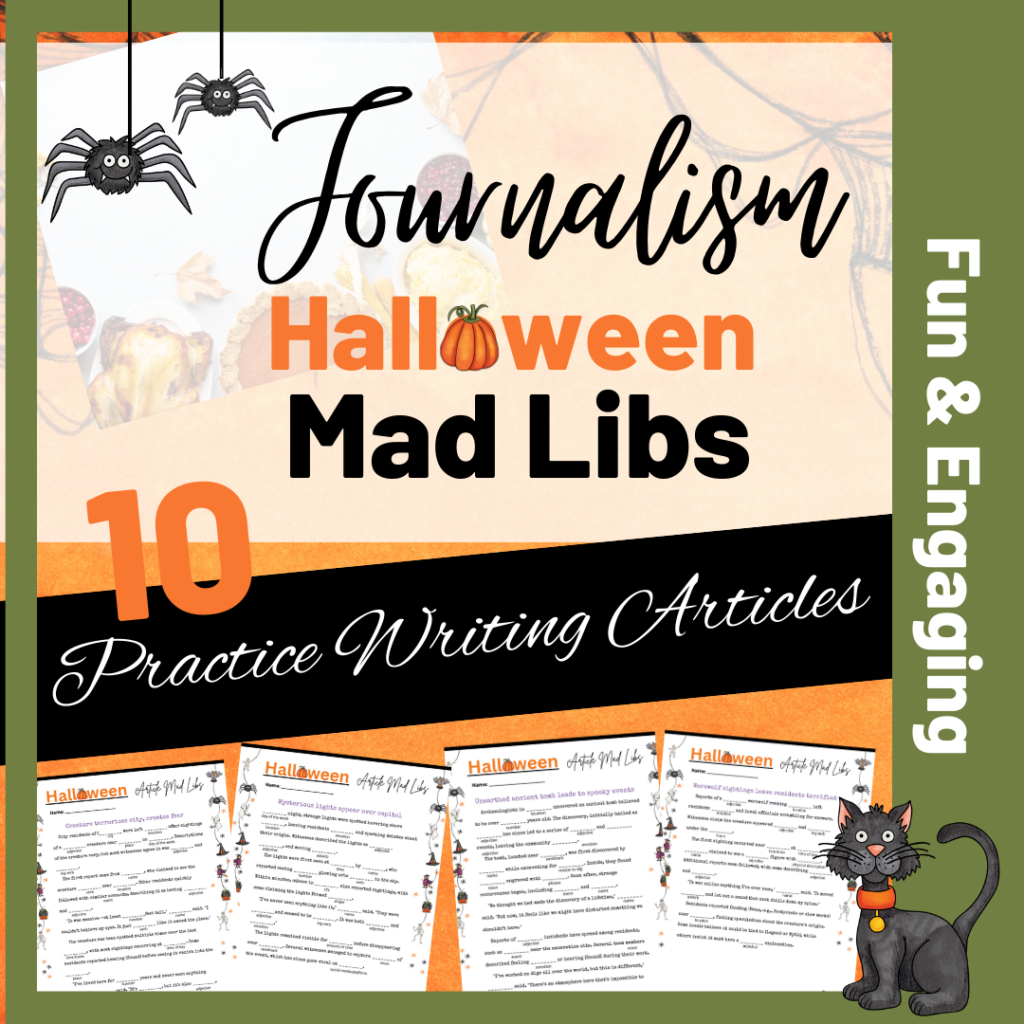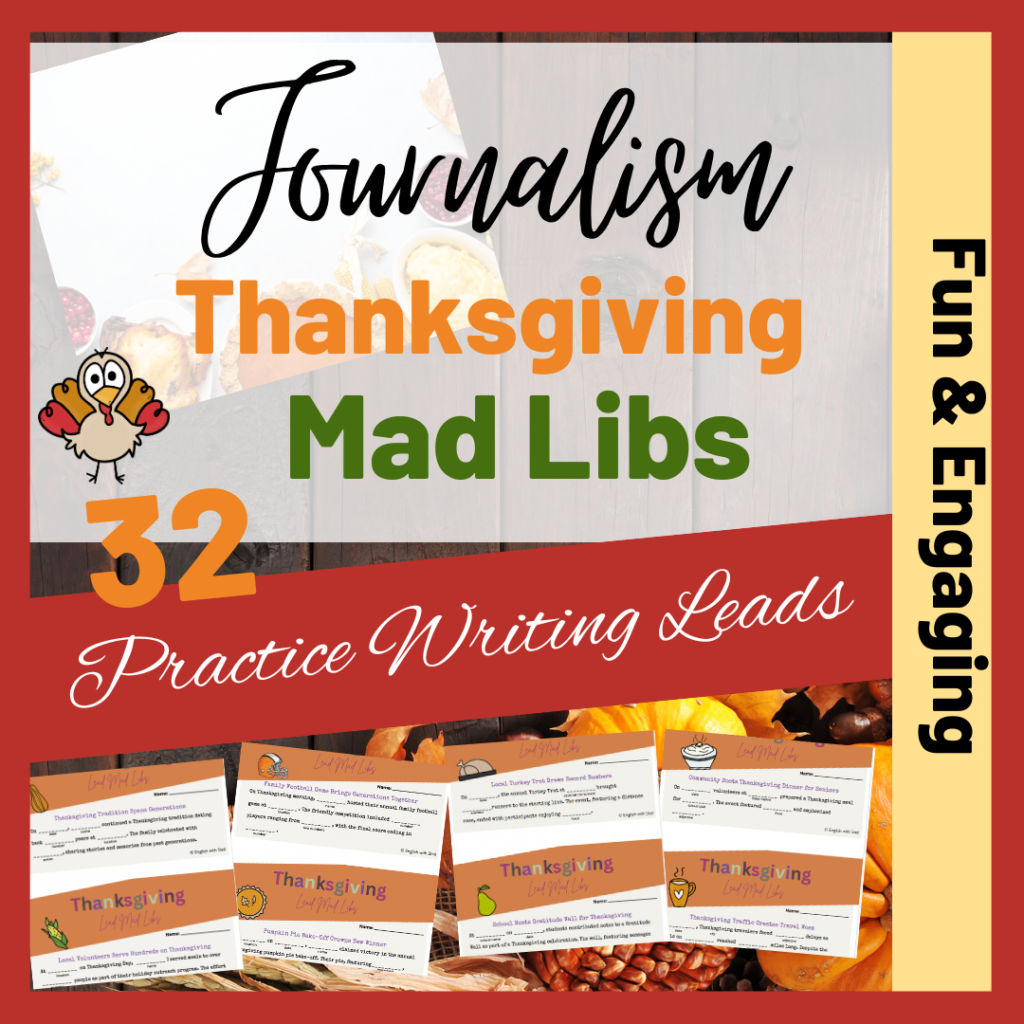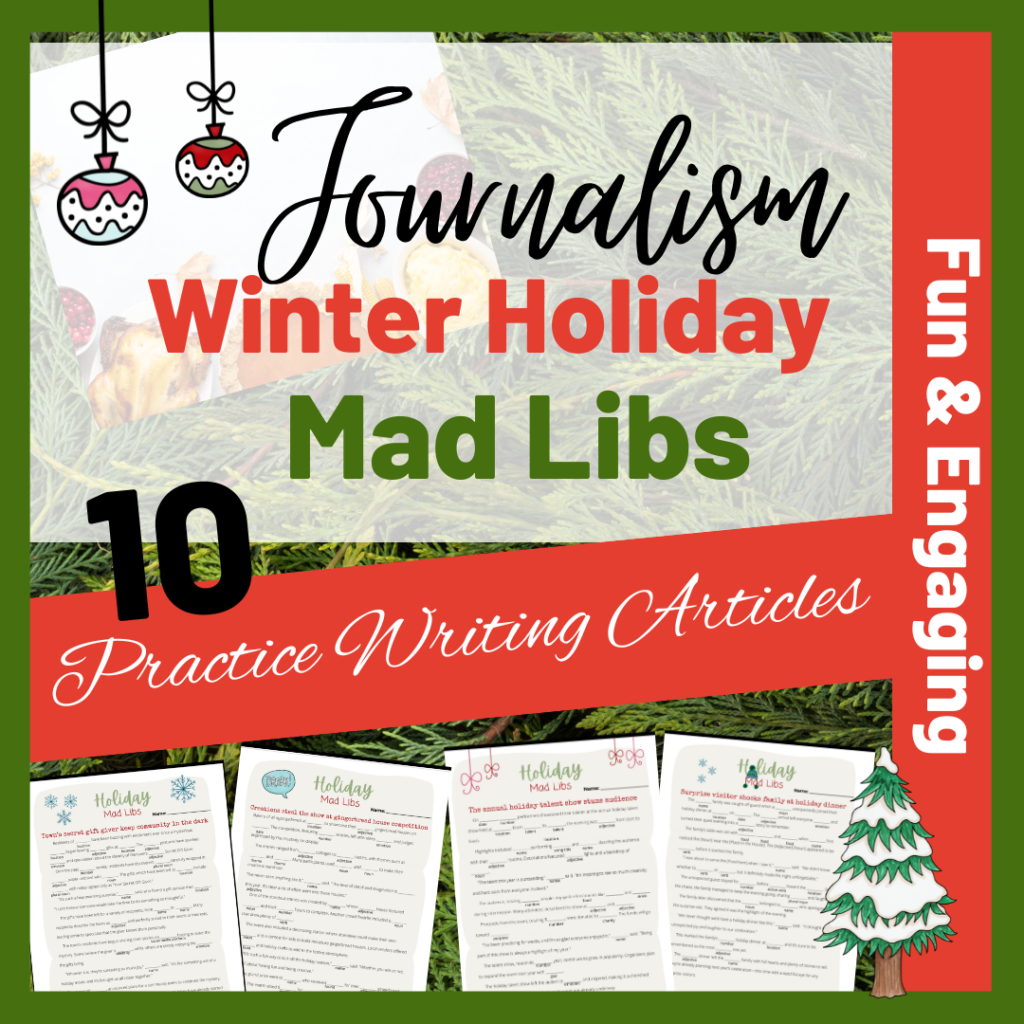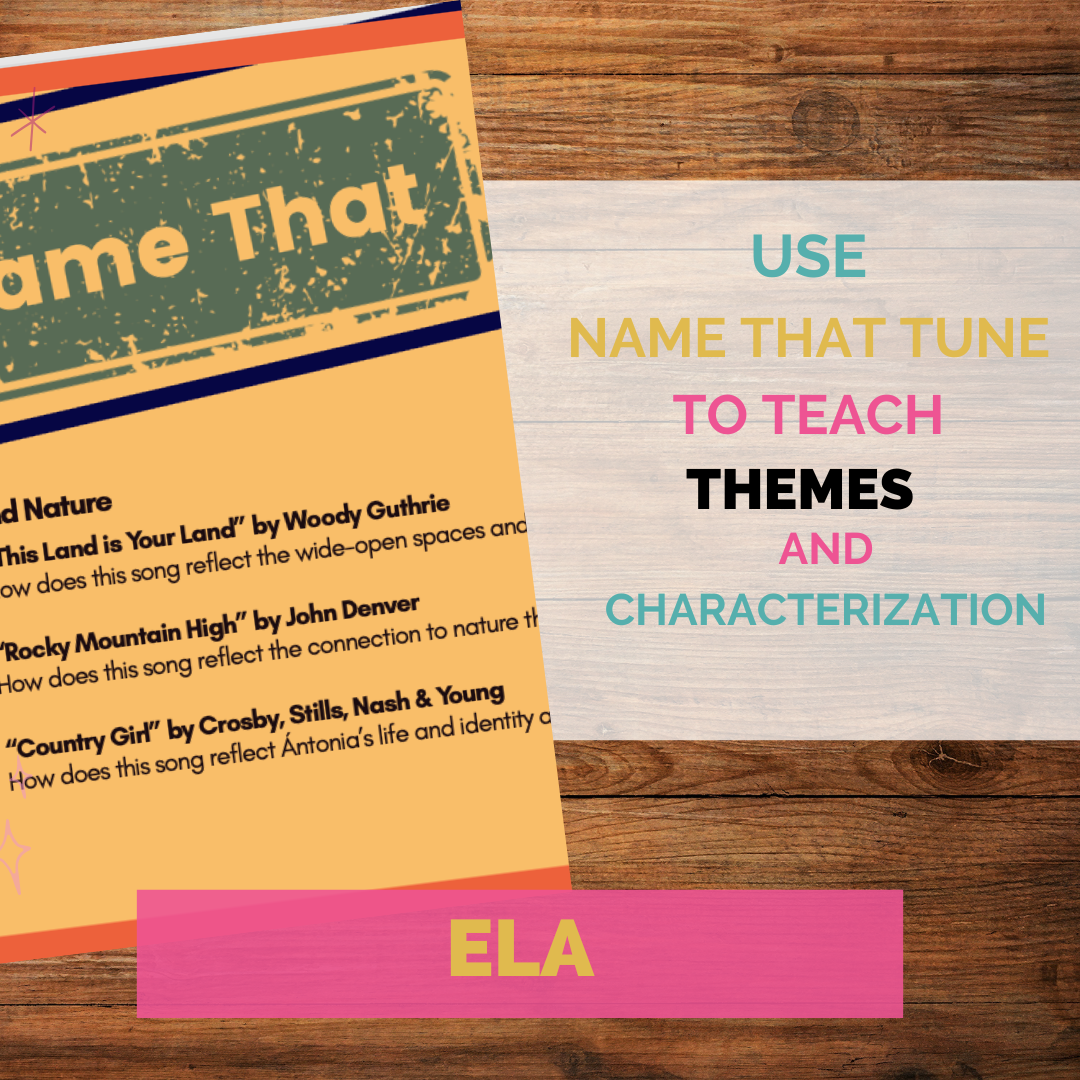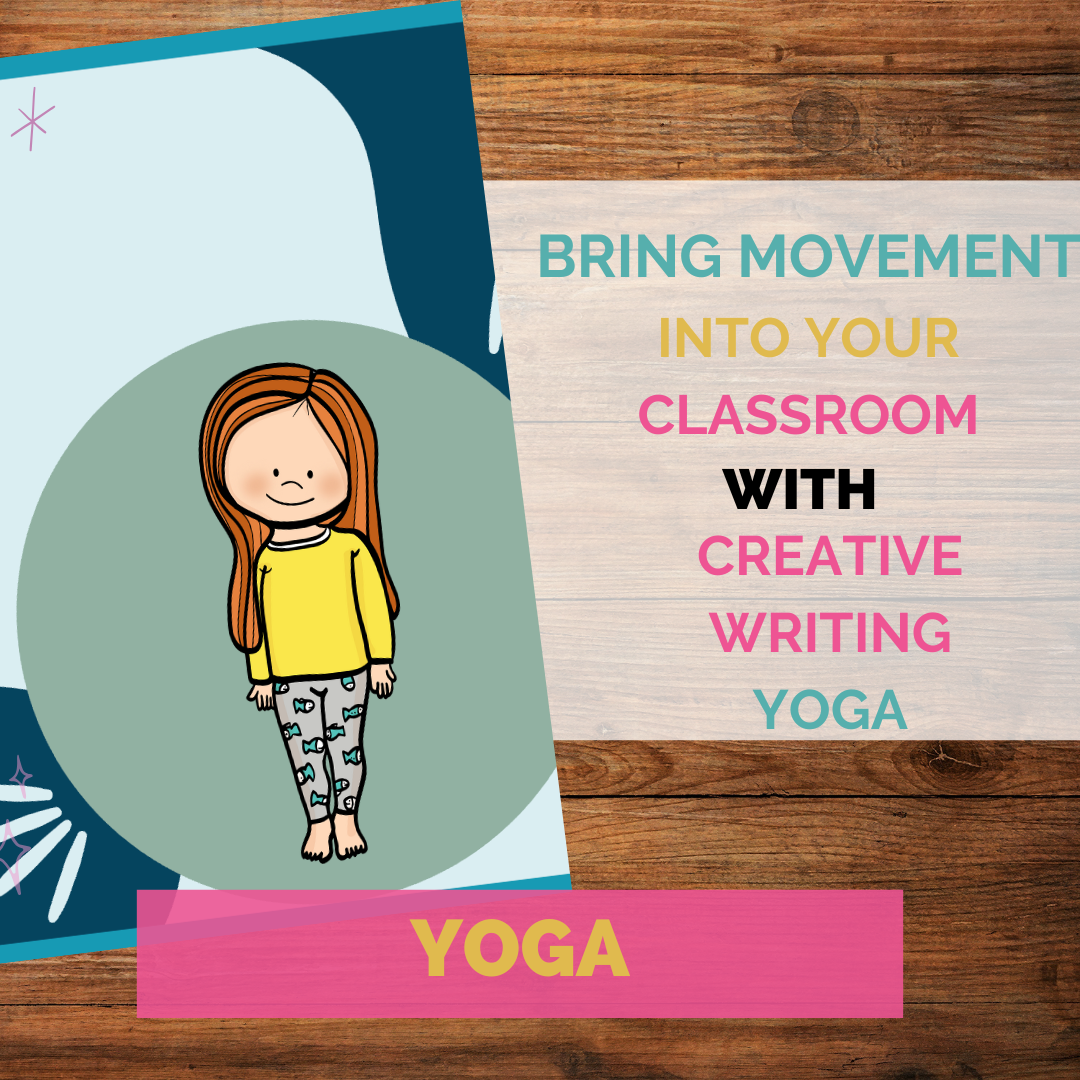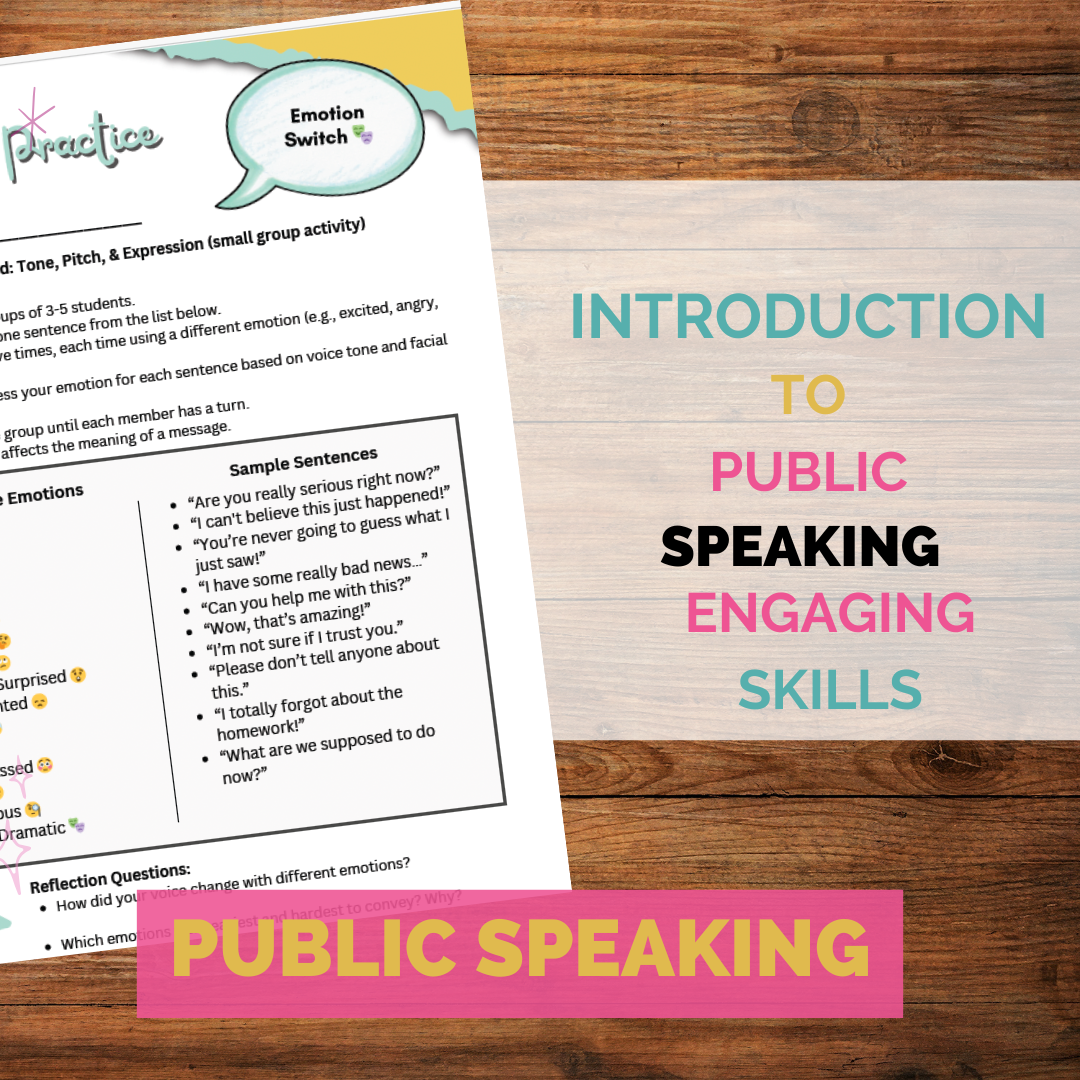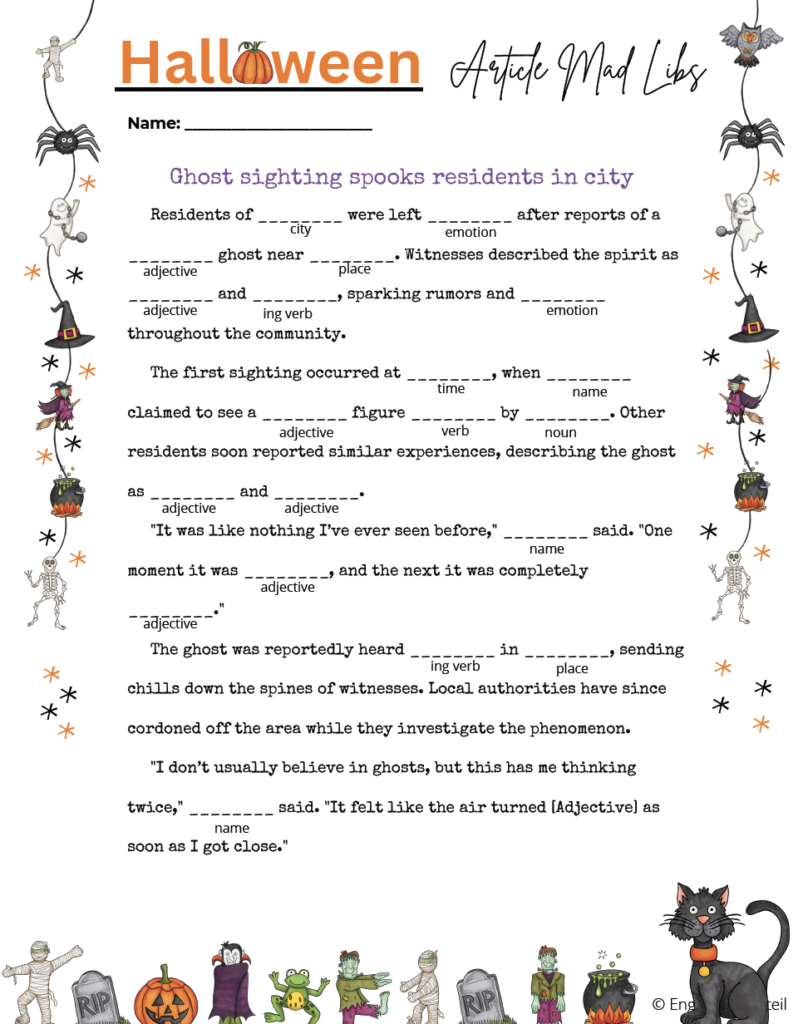
Mad Libs have been sparking laughter and creativity for decades, but their potential in the classroom goes far beyond entertainment. By combining structured storytelling with a fill-in-the-blank format, Mad Libs create an engaging way for students to develop critical language and writing skills. Add a holiday twist, and you have a recipe for festive fun that also enriches learning.
No matter the age, they bring joy to the classroom, and can help students improve their understanding of parts of speech, lead writing, and article composition.
What Are Mad Libs?
Mad Libs are interactive stories with blanks in place of key words, inviting players to fill in the spaces with random nouns, verbs, adjectives, and adverbs. The result is a hilariously nonsensical narrative that surprises and entertains everyone involved. For instance, in a spooky Halloween story, students might create sentences like:
“The haunted pumpkin cackled eerily as it crawled through the foggy graveyard.”
This simple concept makes Mad Libs versatile and endlessly adaptable, fitting seamlessly into lessons on grammar, storytelling, or even journalism.
Why Mad Libs Work for All Ages
Mad Libs aren’t just for young children. Older students enjoy them too, especially when the stories are tailored to more sophisticated themes like investigative journalism or creative storytelling. For high school students, holiday-themed Mad Libs can also serve as a gateway to understanding genres like satire or parody.
Why Mad Libs Bring Joy to the Classroom
There’s something magical about combining education with humor. Mad Libs turn learning into a game, breaking down barriers of fear or hesitation around writing. Here’s why they’re so effective:
- Collaborative Fun: Students love working together to come up with outrageous answers, fostering teamwork and creativity.
- Stress-Free Learning: By removing the pressure of writing “perfect” sentences, Mad Libs encourage students to engage with language in a playful, low-stakes environment.
- Inclusion of All Students: Whether students are outgoing or shy, everyone can participate in the activity, ensuring no one feels left out.
When the stories come together, the laughter that follows makes learning feel less like a task and more like a celebration.
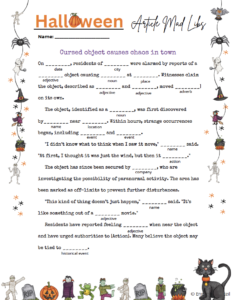
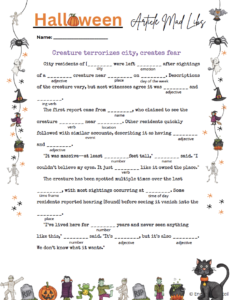
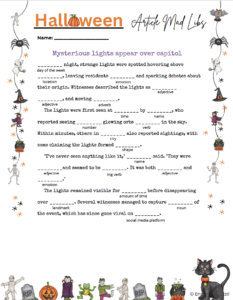
Teaching Lead Writing and Journalism Skills with Mad Libs
Beyond teaching grammar, Mad Libs can be tailored to teach journalistic writing, especially when formatted like newspaper articles. Students learn how to craft engaging leads, structure articles with facts and quotes, and develop clear, concise writing.
Crafting Leads: Mad Libs formatted as newspaper stories help students understand the elements of a compelling lead. For example:
“On Halloween night, residents of Shadow Lane were startled by a glowing pumpkin hovering above the town square.”Article Structure: By alternating fact paragraphs with quote paragraphs, students practice building a narrative that is both informative and engaging.
Incorporating Creativity: Writing fictionalized “news” about vampires, haunted forests, or mischievous elves combines imaginative storytelling with real-world journalism skills.
These Mad Libs allow students to experiment with the tone, structure, and language of news writing while keeping the experience fun and festive.
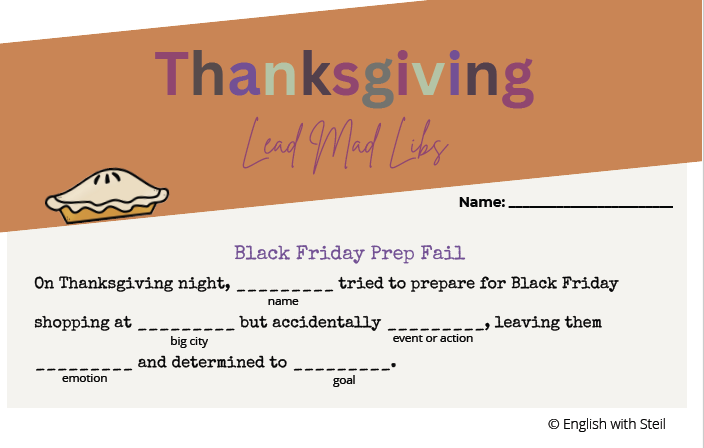
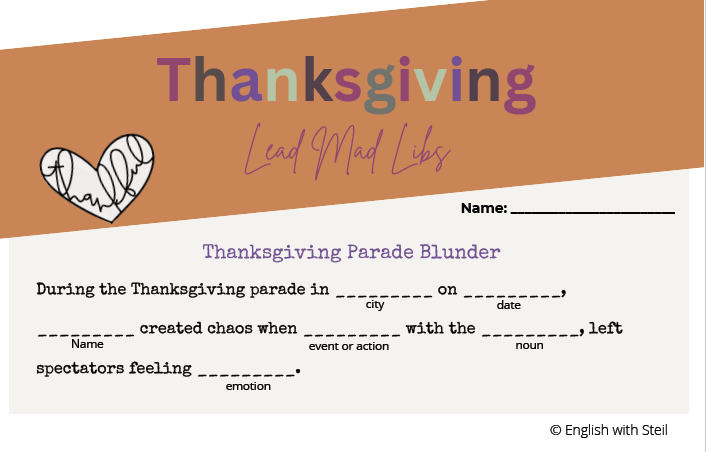
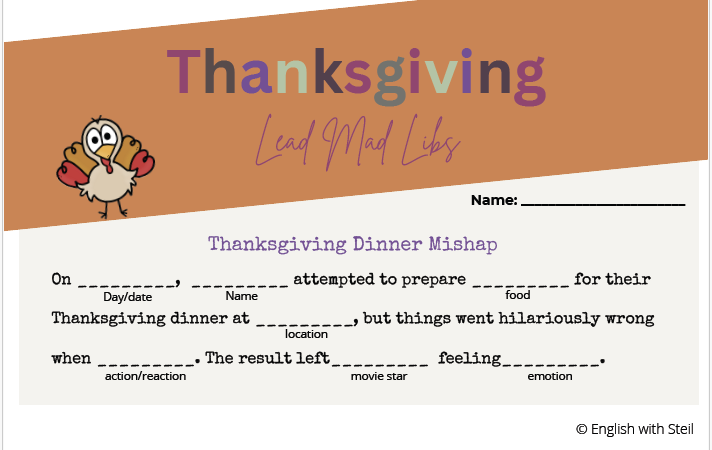
Holiday-Themed Mad Libs: Festive Fun for Any Season
Holiday Mad Libs add a seasonal touch to this classic activity. They’re ideal for classrooms gearing up for Halloween, Thanksgiving, or the winter holidays. Here are some examples:
- Spooky Halloween Stories: Tales of haunted forests, mischievous ghosts, or cursed objects create excitement while teaching descriptive writing.
- Thanksgiving Adventures: Students can write about dinner disasters, family traditions, or the quest for the perfect pumpkin pie.
- Holiday Magic: From runaway reindeer to mysterious gift-givers, these stories let students imagine festive scenarios while practicing key writing skills.
Each Mad Lib invites students to step into a creative world while still focusing on grammar and storytelling basics.
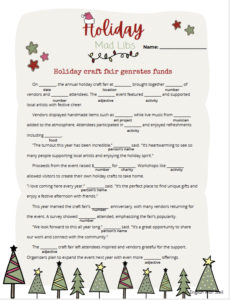
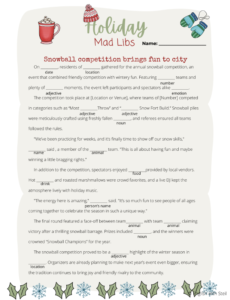
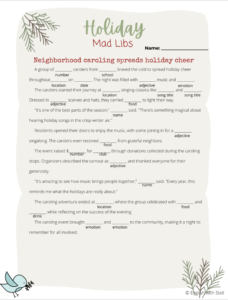
Mad Libs and Parts of Speech
One of the biggest educational benefits of Mad Libs is their ability to teach and reinforce the parts of speech. By requiring students to supply nouns, verbs, adjectives, and adverbs, Mad Libs help them recognize these components in a sentence.
- Nouns: Students expand their vocabulary with people, places, and things—especially seasonal ones like “witch,” “turkey,” or “snowflake.”
- Verbs: Action words come to life as students imagine characters “haunting,” “creeping,” or “sledding.”
- Adjectives: Mad Libs highlight the importance of description, encouraging students to think of words like “spooky,” “crispy,” or “glimmering.”
- Adverbs: Words like “eerily,” “silently,” or “cheerfully” teach nuance and add flavor to sentences.
These activities demystify grammar rules and make them memorable, helping students apply them in future writing.
Final Thoughts
Mad Libs are a perfect blend of fun and education. By incorporating them into your classroom, you give students the chance to:
- Practice grammar in a hands-on, memorable way.
- Build creative writing and storytelling skills.
- Explore journalistic techniques like lead writing and article composition.
- Laugh and bond with their classmates in a joyful, inclusive activity.
Whether it’s a spooky Halloween adventure, a heartwarming Thanksgiving tale, or a magical holiday story, Mad Libs transform learning into an experience students will love and remember. This holiday season, consider adding Mad Libs to your classroom toolkit—they’re sure to be a hit!

